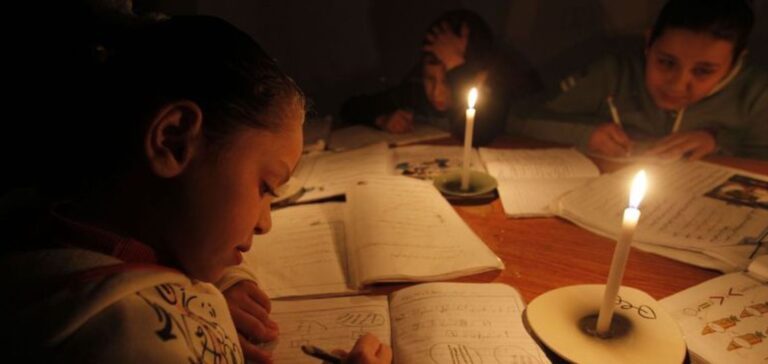Yesterday, at 5.40pm local time, a widespread blackout was triggered by a major disturbance in Kenya’s national power grid, affecting the capital Nairobi as well as several other urban centers, including the port city of Mombasa. The outage affected various regions such as Nakuru, Kisumu, Nyeri, and Eldoret, suggesting that the problem lay at the very heart of the main network.
Analysis of technical causes
Initial analyses indicate that a combination of factors, including the effects of flooding on infrastructure, led to this massive disruption. Power grid protection systems, already weakened by deferred maintenance and a lack of investment in critical infrastructure, were unable to withstand the extreme weather conditions.
KPLC responses and emergency measures
KPLC quickly mobilized response teams to restore power, apologizing to customers for the inconvenience and asking for their patience. Official statements from the company promise a rapid restoration of service, but critics point to a recurrence of outages that suggests deeper problems within the national power system.
Impact on everyday life and the economy
Frequent power cuts in Kenya have a significant impact on daily life and the local economy. Critical sectors such as healthcare and communications are directly affected, which can paralyze emergency services and businesses. The incident also had an impact on vital infrastructure such as Nairobi’s international airport, where essential services such as immigration and baggage screening were disrupted.
Challenges to reputation and public trust
These repeated incidents erode public confidence in the KPLC and raise questions about the competence and management of those in charge. Promises of reforms and improvements, such as those announced by the Minister of Transport, so far seem insufficient to prevent such situations.
Perspectives and calls to action
To improve the situation, there are calls for greater investment in energy infrastructure and better preparation for the impacts of climate change. The adoption of more resilient technologies and more modern management systems has become an urgent necessity to avoid future disasters.
The massive blackout in Kenya is a stark reminder of the vulnerability of national infrastructures in the face of natural and technical challenges. As the country struggles to recover from the devastating effects of torrential rains, the need to reinforce the power grid and invest in sustainable solutions has never been more critical.





















